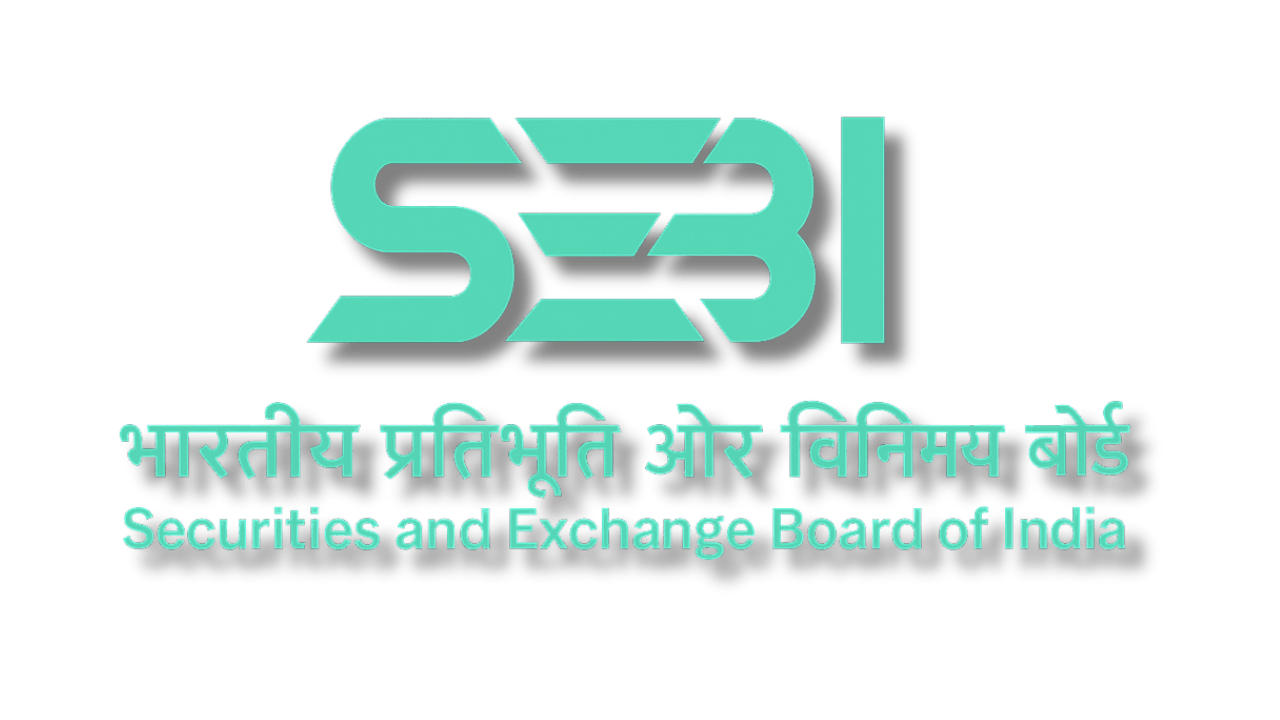Introduction
A significant transformation is expanding across India’s Goods and Services Tax compliance framework. With recent updates issued by the GSTN1, a series of new mandates have been ushered in as of July 1, 2025. These changes are meticulously designed to streamline tax administration and plug potential revenue leakages. While the government’s primary goal is to enhance accuracy and minimise discrepancies in tax filings, tax experts are clearly sounding the alarm, these sweeping updates are poised to substantially increase the compliance burden on businesses nationwide, demanding a meticulous approach to every aspect of tax operations.
Key Updates
- Auto-Populated GSTR-3B Becomes Non-Editable- One of the most significant changes is the non-editable nature of the auto-populated outward tax liability in GSTR-3B. This figure, derived directly from GSTR-1 and GSTR-1A, can no longer be manually altered by taxpayers when filing their monthly returns. This move is intended to ensure greater accuracy and reduce discrepancies between GSTR-1/1A and GSTR-3B. However, it also removes the flexibility businesses once had to correct errors on the fly, potentially requiring more proactive measures to ensure data integrity before filing.
- New Advisory on Rejected Credit Notes in IMS- The GSTN portal has issued a new advisory regarding rejected credit notes within the IMS2. If a customer mistakenly rejects a credit note, leading to an increased tax liability for the supplier, the supplier must now re-upload the credit note in GSTR-1A for the same or a subsequent month. The current lack of a “lock-in” mechanism in IMS means customers can reject credit notes even close to the GSTR-3B filing deadline. While this enhances government checks, experts believe it significantly adds to the already substantial compliance load on taxpayers, forcing them to take corrective action for customer errors.
- Amendment Required for Rejected Invoices- Similarly, another GSTN advisory stipulates that if a recipient erroneously rejects an invoice and wishes to avail ITC3 on it, the supplier is now required to amend that invoice in their GSTR-1 return for the same or the following month. This rule places an additional burden on suppliers, who must now undertake corrective work for mistakes not of their own making. It emphasizes the need for robust communication and reconciliation processes between suppliers and recipients to avoid such scenarios.
- GST Returns Can’t Be Filed After 3 Years- In a major step to curb long-pending filings and potential misuse, the government has imposed a three-year restriction on filing key GST returns from their respective due dates. This rule will be system-enforced for returns pertaining to the July 2025 tax period and onwards, urging businesses to be more diligent and timely with their filings to avoid being locked out.
- E-Way Bill 2.0 Portal- Finally, the E-Way Bill 2.0 portal officially launched on July 1, 2025. This new portal is designed to enhance interoperability with the existing portal and ensure service continuity during emergencies. Both portals will operate in a real-time synchronized architecture, with e-way bill data mirrored across systems, promising greater resilience and efficiency.
Expert Take: More Burden Than Relief?
Tax experts largely view these changes as a double-edged sword. While they aim to provide more structure and control within the GST framework, they come at the cost of increased procedural complexity and compliance burden for businesses. A key example of this burden lies in the hard-locking of outward liabilities based on auto-populated data in GSTR-3B. Paradoxically, if a customer rejects a credit note after GSTR-1 has been filed but before GSTR-3B filing, it can artificially inflate a business’s output tax liability. To rectify this, taxpayers are compelled to re-upload and amend these documents specifically in GSTR-1A, turning a supposedly simplified system into a significant and potentially time-sensitive compliance burden.
As the GST ecosystem continues its journey towards greater digitization and interconnectedness, businesses must prioritize tightening internal processes, automating reconciliations, and staying meticulously ahead of deadlines. Proactive measures are now more crucial than ever to avoid penalties and errors in this evolving tax landscape.
Conclusion
India’s GST compliance framework is clearly entering a new, more stringent phase where precision is paramount, yet potentially at the cost of increased operational pressure on businesses. The hard-locking of GSTR-3B liabilities and the revised, often cumbersome, procedures for rectifying customer-side errors via GSTR-1A underscore the government’s resolute drive for accuracy and revenue protection. While these changes aim to streamline tax administration and plug leakages, they simultaneously place an unprecedented burden on taxpayers, demanding impeccable internal processes, robust automation for real-time reconciliation, and proactive communication with trading partners. In this evolving landscape, the “precision or penalty” dilemma is stark; businesses that embrace meticulous data integrity, leverage technology, and anticipate compliance challenges will be best positioned to thrive, while those that fail to adapt risk significant operational disruptions and financial penalties in India’s increasingly digitized and interconnected tax environment.
Citations
- Goods and Services Tax Network
- Invoice Management System
- Input Tax Credit
Expositor(s): Adv. Archana Shukla






